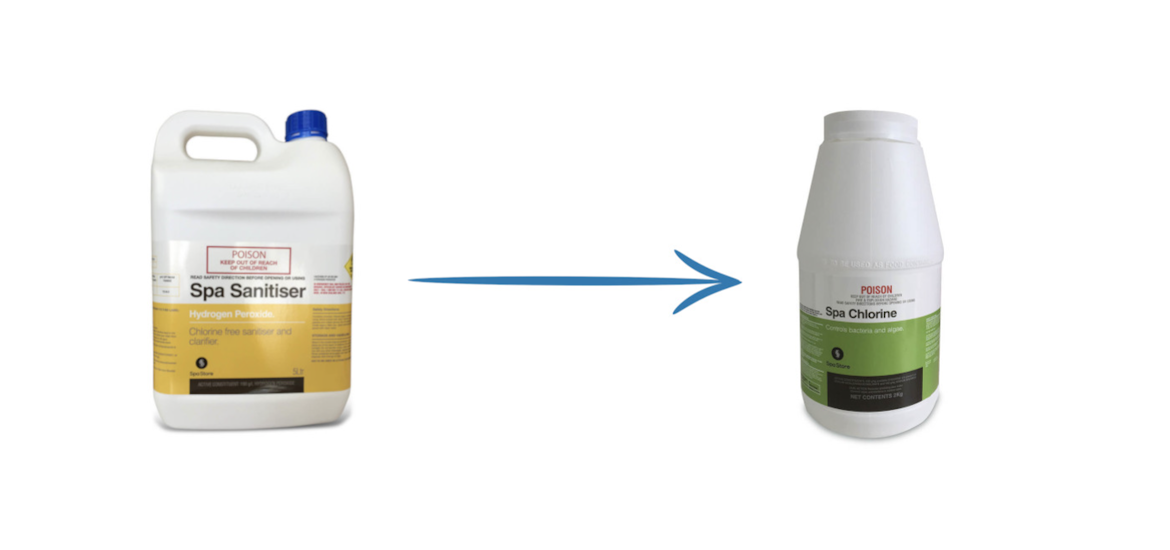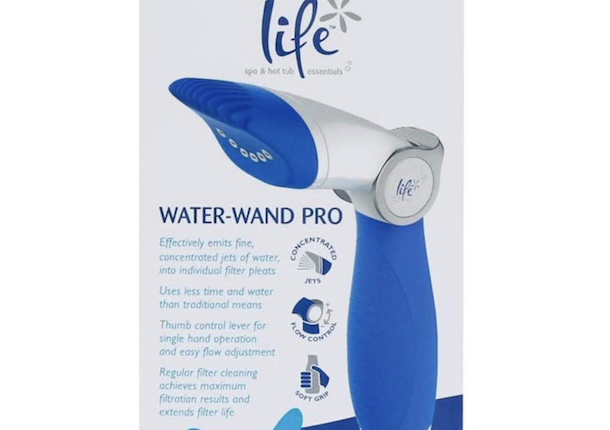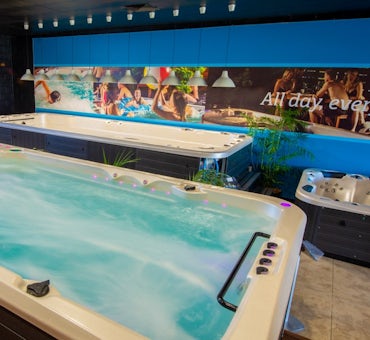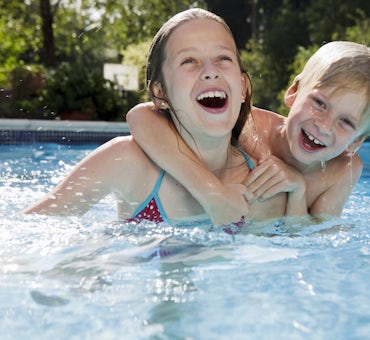Wondering how to switch from Hydrogen Peroxide back to Chlorine sanitiser in your spa or swim spa? In this article, we’ll explain the necessary steps to convert back to chlorine for sanitising your spa water.
We cover: Is hydrogen peroxide safe for spas? What are hydrogen peroxide disadvantages for spas? Steps in draining and completely staring with clean water And more...





